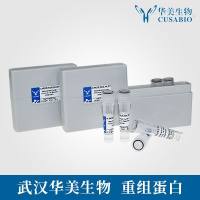Adhesion of Dendritic Cells to Endothelia
互联网
476
Many of the interdigitating dendritic cells (DC) that reside in lymph nodes arise from the migration of tissue interstitial DC such as Langerhans cells in the skin (1 ). Although this migration appears to be stimulated by cytokines (2 ), relatively little is known of the mechanisms underlying the maintenance and expansion of DC in the skin. Langerhans cells are bone-marrow derived (3 ), and their replacement in the epidermis following transportation of antigen to lymphoid tissue is likely to depend upon the tissue extravasation of circulating DC. Moreover, the continuous passage of DC across blood vessel walls could be responsible for the increase in DC numbers in tumors (4 ) and sites of chronic inflammation (5 ,6 ). Thus, germane to both homeostasis and pathological disturbance would be the interaction of circulating DC with blood vessel walls, and their subsequent entry into the surrounding tissue. The first stage in leukocyte migration across blood vessel walls is binding to vascular endothelium, and for lymphocytes, monocytes and neutrophils this event is governed by adhesion molecules on their surface recognizing corresponding endothelial ligands commonly referred to as vascular adhesion molecules (7 ). Despite the plethora of information concerning the molecular nature of the attachment of the major leukocyte subpopulations to endothelium, relatively few studies have been undertaken with DC. Understanding the controlling features of DC-endo-thelial cell interaction would be relevant to the clinical application of DC in immunodeficient disorders and malignancies (8 ,9 ) and to antagonizing their entry into sites of chronic inflammatory lesions.







